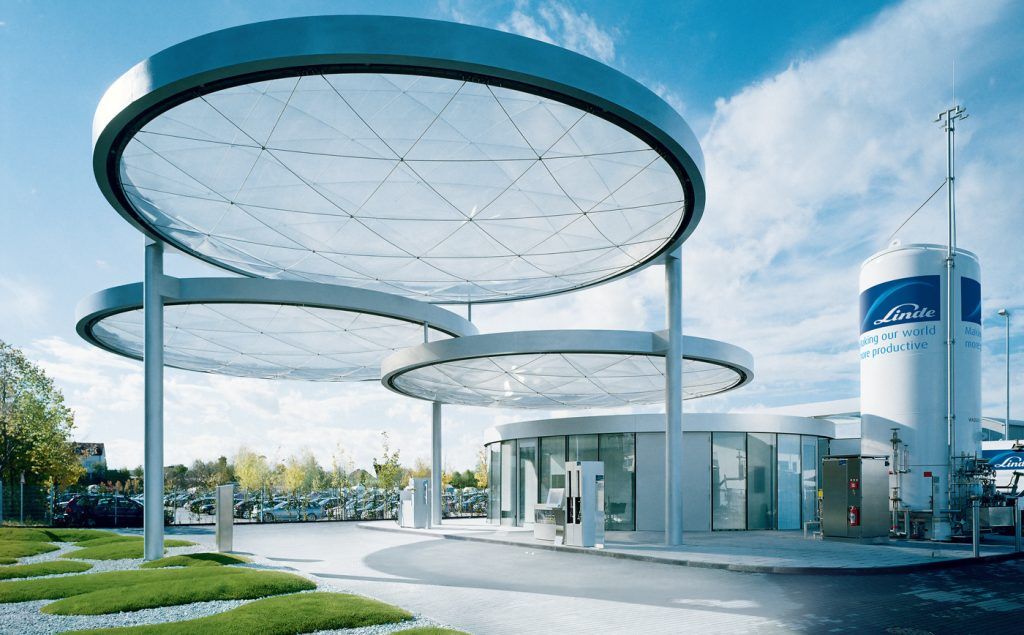The United States is a key enabler of the global energy transition to hydrogen, according to APEC.
In particular, the United States is pursuing a low-cost strategy as the backbone of the hydrogen economy.
So far, most hydrogen is produced by steam reforming with natural gas or methane.
The company SunHydrogen reports that this production technology dominates because of the easy availability and low prices of natural gas.
While partial oxidation of oil ranks second in production capacity after steam reforming of natural gas, the third production technology in terms of production capacity is steam gasification of coal.
Key players in the traditional hydrogen production industry include Linde, Air Liquide, Air Products, Praxair and more.
In the United States, the Department of Energy has introduced many plans and initiatives to support hydrogen development and cost reduction.
To this end, the government is also facilitating R&D cooperation and scale-up to further reduce hydrogen costs. Beyond the low-cost strategy, the United States is focused on connecting supply and demand through the development of infrastructure and regional hydrogen centers.
Energy Transition
APEC notes that the United States can leverage its well-established energy infrastructure to develop hydrogen infrastructure.
It is also establishing regional hydrogen centers not only to connect large-scale production plants with customers, but also to reduce hydrogen costs.
For this reason, the United States is a global advocate of the hydrogen transition. For international collaboration, it has joined the International Partnership for Hydrogen and Fuel Cells (IPHE) in Economics to partner with other economies in terms of policy, production and trade.
In support of the program, it participates in the Just Energy Transition Partnership (JETP) to help finance the energy transition in developing economies.
It will be the key player in the global hydrogen ecosystem, with a strong domestic hydrogen economy, as well as technology export and international collaboration.
It will manufacture and use approximately 49.2 million tons of clean hydrogen by 2050, generating $750 billion in revenues and 3.4 million jobs.

